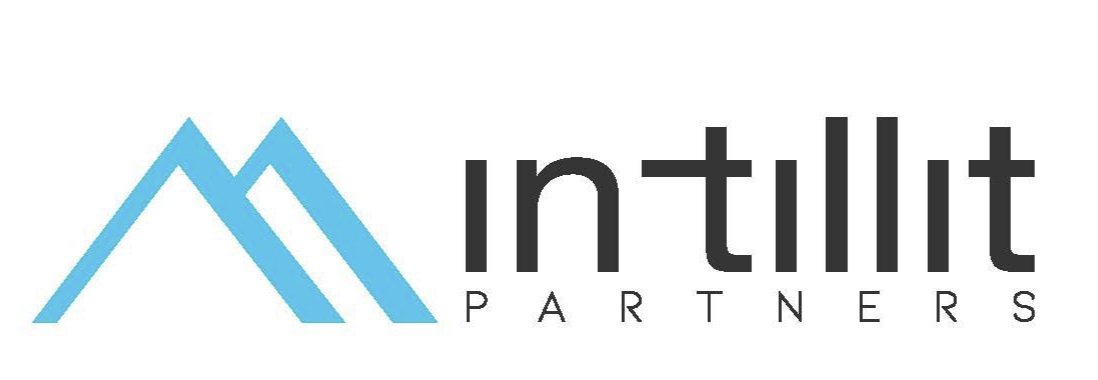The Rise of Automotive Plant Relocations — And Why It’s Accelerating
The automotive supply base is in the middle of a structural shift. Over the past 24 months, Tier 1 and Tier 2 suppliers have been relocating manufacturing footprints at a pace the industry hasn’t seen in decades. What began as isolated strategic moves has quickly become a broader trend driven by cost pressures, shifting OEM requirements, and the rapid transformation of the vehicle technology landscape.
For suppliers navigating these transitions, a relocation isn’t just a real estate exercise. It’s a full operational transformation that touches production readiness, workforce strategy, launch sequencing, material flow, quality systems, and financial stability. And this is exactly where Intillit Partners has been helping organizations stabilize, scale, and launch successfully.
In this post, we break down why plant relocations are accelerating — and how Intillit Partners supports suppliers through these complex transitions.
Why Relocations Are Increasing Across the Supply Base
1. Cost Pressures & Margin Compression
Automotive suppliers are feeling the squeeze. Rising labor rates, tight commodity markets, and long-term fixed-price agreements have pushed many Tier 1 and Tier 2 operations into untenable cost structures. Relocating to lower-cost regions — or consolidating multiple underutilized facilities — has become a tactical approach to improve EBITDA and maintain competitiveness.
2. EV Transition & Changes in OEM Sourcing Strategies
As OEMs overhaul their product portfolios, suppliers are being asked to reposition capacity closer to new EV assembly plants. Battery and electronics-heavy platforms require:
Shorter supply chains
Higher delivery cadence
More stringent PPAP and APQP expectations
Tight integration with OEM launch sequencing
This shift has forced many suppliers to move their operations to new regions aligned with OEM megaprojects.
3. Workforce Availability & Skills Mismatch
Many legacy manufacturing regions are facing workforce shortages or skill gaps around automation, complex assembly, and high-precision manufacturing. Relocating to markets with stronger labor pools — or where technical training ecosystems are more robust — has become a strategic necessity.
4. Aging Facilities & Capital Avoidance
A surprising number of existing automotive plants are now 30–40 years old. Rather than pouring capital into outdated infrastructure, suppliers are opting to build or retrofit modern, right-sized plants optimized for:
Automated material handling
High-mix, low-volume production
New quality tech stacks
Leaner material flow
These modern footprints support more efficient throughput and better cost controls.
5. Supply Chain Resiliency Mandates
OEMs are asking suppliers to reduce risk exposure. That means diversifying production locations, repositioning closer to customer plants, and eliminating single-point-of-failure facilities. Relocation is often the quickest path to compliance.
Where Relocations Go Off the Rails
Relocations are complex. Many suppliers underestimate the operational rigor required. The failures we frequently see include:
Poor launch planning and inadequate run-at-rate validation
Inaccurate labor modeling that leads to early-stage chaos
Inconsistent PFMEA and control plan transfers
Material flow disruptions during production ramp-up
Overlooked supplier readiness for the new location
Insufficient crisis management when output misses targets
These gaps quickly cascade into customer escalations, premium freight, quality spills, and strained OEM relationships.
How Intillit Partners Supports Relocations
At Intillit Partners, our core expertise aligns directly with the needs of suppliers undergoing relocation. We focus on stabilizing your operations, building a best-in-class launch plan, and ensuring your new plant reaches performance targets rapidly.
Our Relocation Support Includes:
1. Plant Excellence & Stabilization
We deploy proven manufacturing playbooks that improve:
First-time quality
Throughput optimization
OEE and labor utilization
Layered process audits
Visual management and KPIs
This ensures the new site is operating at or above pre-move performance.
2. Full Plant Relocation Program Leadership
From early feasibility to SOP, we support:
Risk assessments & readiness audits
Transfer-of-work sequencing
Launch roadmap creation
Production planning and scheduling
Supplier readiness and logistics coordination
We act as your operational PMO — driving accountability and execution.
3. New Plant Launch & Start-Up Support
We help greenfield or brownfield sites ramp quickly through:
Line commissioning & validation
Process engineering support
APQP, PPAP, and quality system deployment
Workforce onboarding & training frameworks
Our goal is to deliver a smooth, rapid transition to full-rate production.
4. Crisis Management
If the relocation has already gone sideways, we specialize in:
Containment
Quality triage
Throughput recovery
Customer communication support
30-day operational turnaround plans
We restore stability and rebuild confidence with your customers.
Conclusion: Relocations Aren’t Slowing Down — and Suppliers Need a Partner Who Understands the Stakes
The pace of Tier 1 and Tier 2 automotive relocations will continue accelerating as the industry retools for EVs, cost pressures, and regionalization. The winners will be suppliers who not only move their operations but optimize them — launching faster, operating leaner, and delivering higher quality from day one.
Intillit Partners is built specifically to help suppliers navigate this journey. Whether you're evaluating a relocation, preparing for launch, or recovering from a rough start, we bring the operational expertise to guide your plant from good to great — and from great to world-class.
If you're planning a move or struggling through one, reach out. We’re ready to help.
